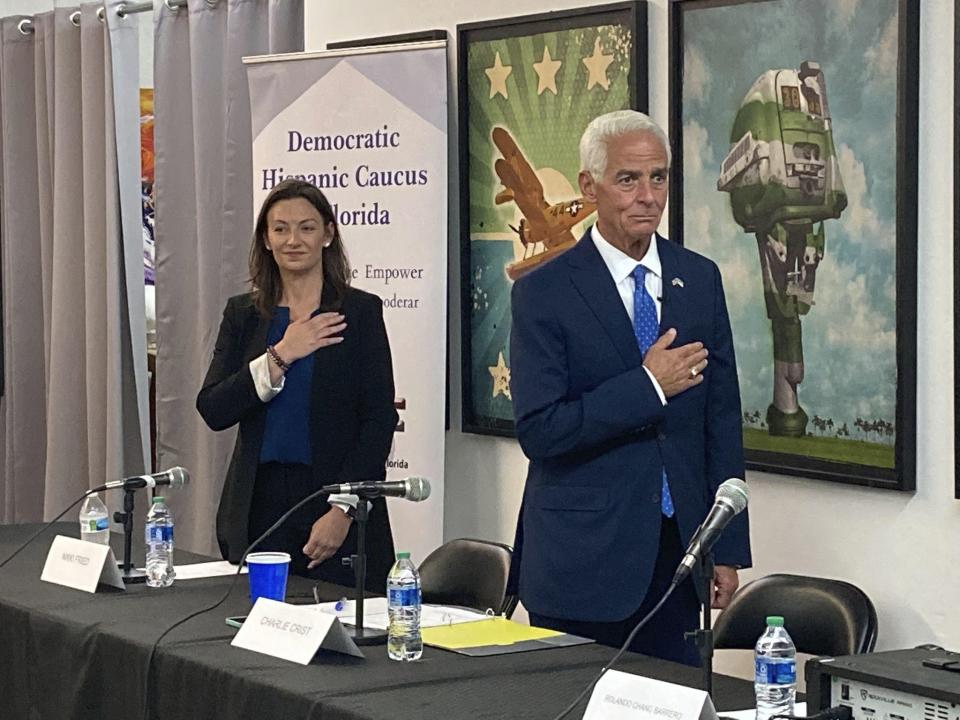New London to mark designation as slave ship landing site
When the Speedwell arrived in New London on July 17, 1761, 21 Africans stolen from their land had already died. In its hold it bore 74 more who would be sold into slavery in the surrounding area, growing crops, building infrastructure and enriching Connecticut residents.
To acknowledge New London’s role in the transatlantic slave trade and mark its designation as a UNESCO Slave Route Project Site of Memory, the city will unveil a plaque on Sunday at 4 p.m. at the Amistad Pier.
“It’s been a part of New London that we haven’t taught our children,” Mayor Michael Passero said. “I’ll be honest with you, I did not know this history until recently. I’m not unique in that. So I think it’s very important that we acknowledge that we’re part of this and make sure that the story is told and passed on.”
The UNESCO designation was conferred in 2018, New London Landmarks Executive Director Laura Natusch said.
The goal of the UNESCO project is to raise “awareness of the history of the transatlantic slave trade, its impact on the modern world, and its legacies, including racism and prejudice,” the United Nations site says.
New London is one of 53 ports in North America in which ships arrived directly from Africa with enslaved Africans, and one of only two in Connecticut. The Speedwell remained in New London for several days before sailing up the Connecticut River to Middletown, where some of the captives were sold into slavery. Records indicate that 21 others were enslaved on the farm of one of the Speedwell’s owners, Normand Morison, in Bolton.
“Not everyone has the Middle Passage. It connects New London to a larger picture,” Curtis Goodwin, project manager for New London’s Black Heritage Trail said. “For me, being an African American male, it’s just exciting and reinvigorating to learn about your culture, your history.
“Our history was stripped from us, so to be able to tell it authentically, and to be able to do it at such a scale, it’s just going to go on for future generations to be able to see, and be a part of curriculum, etc. So, for me, this is probably one of the most important things that I’ve been able to do, both personally and professionally.”
Natusch said that planning for a ceremony had begun not too long before the pandemic and was halted. Instead, Natusch and the planning committee turned their efforts toward digging deeper into New London history and put together the New London’s Black Heritage Trail with the help and support of the city.
As the pandemic waned, Natusch and the Planning Committee developed the plaque text, then finished planning the ceremony over the last few months. William Hamilton, from the Middle Passage Ceremonies and Port Markers Project came up from Kentucky to view potential sites and offer guidance, along with Deborah Shapiro, who helped put together a similar ceremony in Middletown.
Natusch also gives “tremendous credit” to the City of New London’s elected leaders and municipal staff for providing funding, input on the best location, installing the plaque, and publicizing the event.
The event, sponsored by the New London Cultural District in partnership with New London Landmarks, will feature performances and speeches, including a dance and blessing of the lands by Miss Mashantucket Preonna Boyd-Cannon, African drumming and dancing by Nia Arts, a libation ceremony by PEACE Works Group, LLC, and poetry by New London Poet Laureate Joshua Brown.
Speakers will include Rev. Jane P.H. Bernoudy, a director of New London’s former Kente Cultural Center; H. P. Kheder from the Islamic Center of New London, and Lonnie Braxton II, who graduated from a segregated high school in Mississippi to become a Senior Assistant State’s Attorney in New London. State Rep. Anthony Nolan and Mayor Michael Passero are also scheduled to speak.


